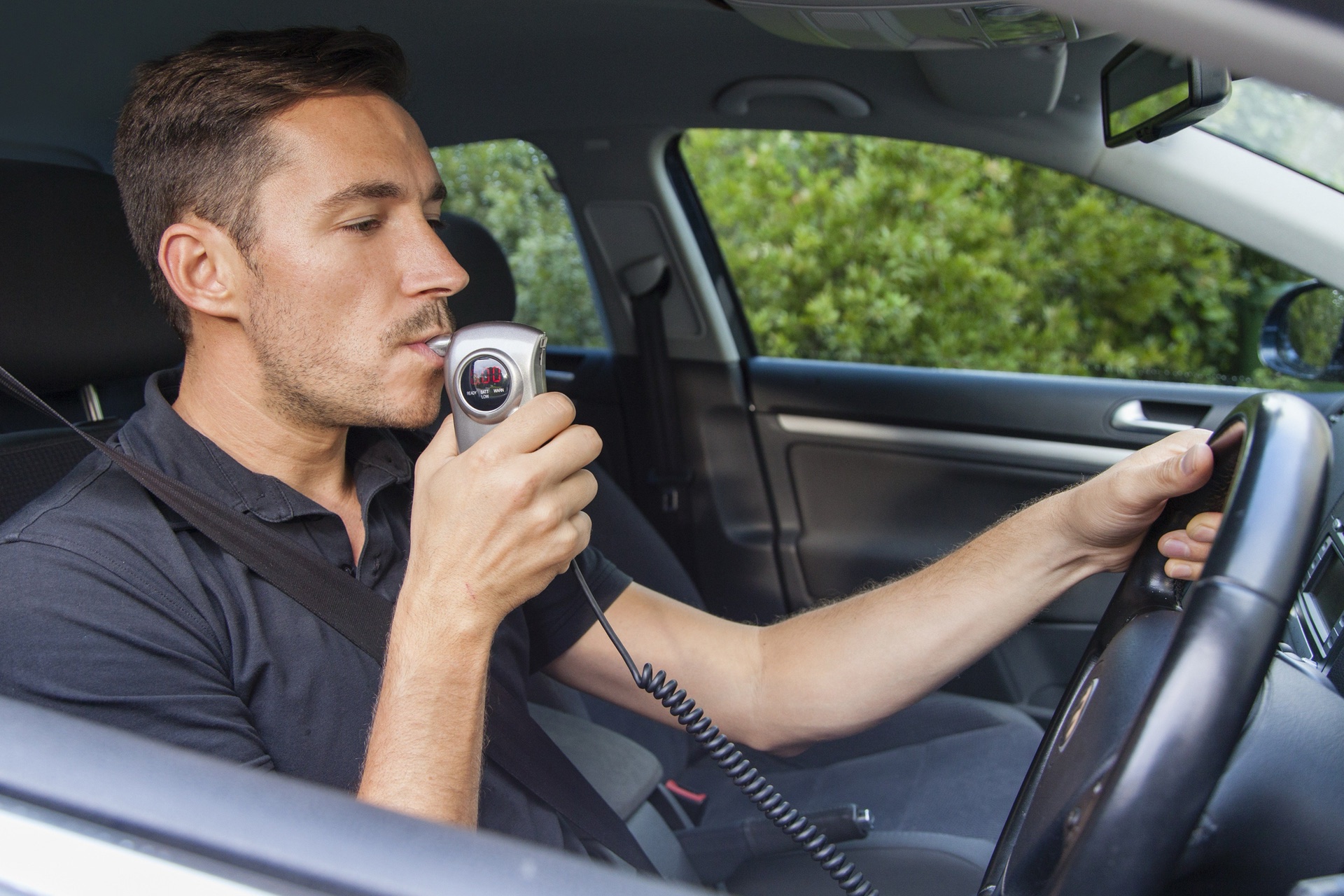The US National Transportation Safety Board (NTSB) has called for alcohol impairment detection systems to be included in all new vehicles following an investigation into a California crash that killed nine people, including seven children. The crash, on New Year’s Day 2021, was caused by an impaired driver who was speeding, the NTSB found.
“Technology could’ve prevented this heartbreaking crash, just as it can prevent the tens of thousands of fatalities from impaired-driving and speeding-related crashes we see in the US annually,” said NTSB Chair Jennifer Homendy. “We need to implement the technologies we have right here, right now to save lives.”
As a result of the investigation, the NTSB recommended measures leveraging new in-vehicle technologies that can limit or prohibit impaired drivers from operating a vehicle, as well as technologies to prevent speeding. These include:
- Requiring passive vehicle-integrated alcohol impairment detection systems, advanced driver monitoring systems or a combination of the two that would be capable of preventing or limiting vehicle operation if it detects driver impairment by alcohol. The NTSB recommended that the National Highway Traffic Safety Administration (NHTSA) require all new vehicles to be equipped with such systems.
- Incentivising vehicle manufacturers and consumers to adopt intelligent speed adaptation systems that would prevent speed-related crashes. This is a reiteration of a previous NTSB recommendation to the NHTSA.
“We have to remember that technology is only part of the solution. To save lives on our roads, we need to look more broadly at the entire transportation system, which includes everything that can prevent a crash,” Homendy said.
The SUV had travelled less than 3000 feet (915 metres) on the freeway, during which it accelerated to a speed between 88 and 98 mph (142 and 158 km/h), when it ran off the shoulder to the right. The driver overcorrected to the left and the SUV crossed the centreline into the other lane, directly in front of the oncoming pickup truck. The SUV and pickup truck collided head-on and the truck immediately caught fire. The SUV driver and all eight pickup truck occupants died.
NTSB investigators found that the SUV driver had a high level of alcohol intoxication and was operating at an excessive speed, with these factors contributing to a loss of vehicle control. The excessive speed of the SUV also prevented the oncoming pickup truck from having enough time to take evasive action. The NTSB determined that it is unlikely this crash was survivable due to the severity of the head-on collision, the significant vehicle intrusion and the rapid spread of the post-crash fire.
According to the NHTSA, since 2000, more than 230,000 people have lost their lives in crashes involving alcohol-impaired drivers. In 2020, an estimated 11,654 fatalities occurred in alcohol-impaired crashes. This number represented about 30 percent of all traffic fatalities that year and a 14 percent increase over the 10,196 individuals who died because of alcohol impaired crashes in 2019.
Speeding is also a problem that research suggests is worsening. The NHTSA said that in 2020, there were 11,258 fatalities in crashes in which at least one driver was speeding.
“The issues of impaired driving and excessive speeding are both on the NTSB’s Most Wanted List of Transportation Safety Improvements,” the organisation said. “To prevent alcohol and other drug-impaired driving crashes, the NTSB has called for in-vehicle alcohol detection technology, the lowering of the blood alcohol concentration limit to 0.05 g/dL or lower, alcohol ignition-interlock devices for people convicted of driving while intoxicated, and recommended that regulators develop a standard of practice to improve drug toxicology testing.
“The NTSB has also called for a comprehensive strategy to eliminate speeding-related crashes that combines traditional measures like enforcement and regulation with new technological advances like speed limiters and intelligent speed adaptation technology.”

